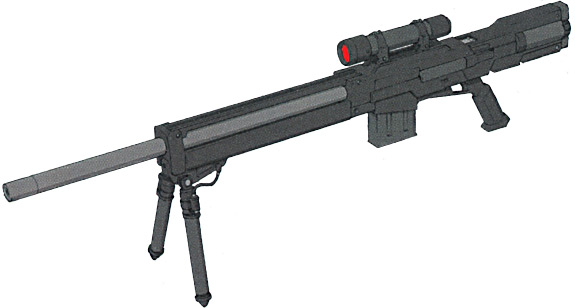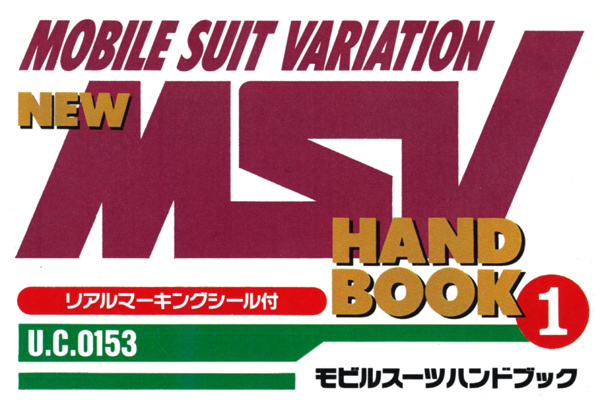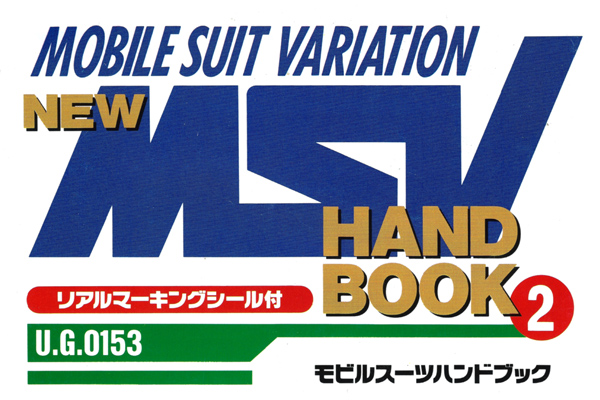RGM-79SP GM SNIPER II (TITANS SPEC)
 |
|||
 |
|||
SPECS |
|||
 |
Affiliation | Titans | |
| Head Height | 18.0m | ||
| Base Weight | 45.0t | ||
| Full Weight | 61.0t | ||
| Generator Output | 1,390kw | ||
| Thruster Output | 102,000kg | ||
| Sensor Radius | 11,500m | ||
| Armor Material | titanium alloy | ||
| Armament | L-9 beam rifle beam saber shield |
||
BACKGROUND |
|||
| Based on the concept of the RGM-79SC GM Sniper Custom, which is a functioning improvement of the RGM-79 GM, the suit was redesigned in a form specialized for sniping based on Augusta’s GM Command line. By equipping it with a laser sensor for precise shooting and an optical camera system, the suits long-range shooting abilities were improved. Having evaluated the levels of the suits performance and marksmanship, it has been utilized for sniper missions long after the end of the One Year War. The suit that has been deployed by the Titans is a modernization, adopting a new type of optical camera system that can deal with ultra-long range sniping. Precise shooting is further enabled by being equipped with the L-9 beam rifle, a long barrel for extended firing range. | |||
BOWA BR-M-82L-9 L-9 TYPE BEAM RIFLE |
|||
 |
|||
| DETAIL | A beam weapon developed independently from the the sniper-type beam rifle for the Guncannon. As the latest model which incorporates the advantages of the BR-M-79L-3 and XBR-X-79YK, sniping is also possible by utilizing the bipod. Utilizing the latest technology in energy cartridges, it can only shoot one shot per cartridge yet boasts greater power and a longer firing range under Minovsky particle dispersal. | ||
 |
|||
NFHI RGM-M-Sh-AGD SHIELD |
|||
| SPEC | Width | 4032mm | |
| Length | 12240mm | ||
| Developer | Norfolk Industrial | ||
| The RGM-M-Sh-AGD shield is a large type of tower shield (an arched shield) whose design was enlarged to mobile suit size. Developed late in the One Year War, it utilizes the same titanium ceramic composite material as the armor material of the Sh-007 type. While shields that utilize a curved surface can be expected to demonstrate highly resistant abilities against beam weaponry and physical rounds, the fine curved shape was difficult to produce which led to high costs at the start of the war so it was conservatively adopted. Shortly thereafter, through the advancements in production technology and when it became possible to supply it relatively cheaply, it was widely deployed mainly with suits from the GM Command series and commonly became known as the Command Shield. Compared to conventional shields, an anti-beam coating treatment is applied to the surface to increase the thermal capacity thus achieving higher beam energy diffusivity. In addition to being equipped with spikes at the tip for melee combat, the open part at the top is there to prevent interference with the verniers for mobility. Also provided with a weapons latch on the back of the shield, it can mount two spare magazines as well as various other equipment. | |||




